 The key to a successful assassination? Time management. 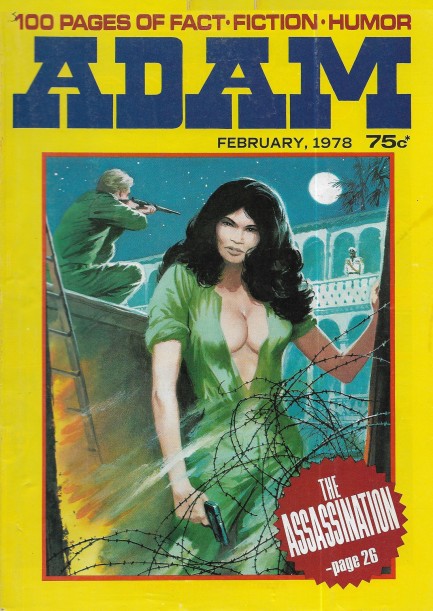
Just that quickly we have another Adam for you today. This issue is from this month in 1978, with a cover illustrating Norman G. Bailey's story, “The Assassination.” We're still trying to make sense of this take on the classic international hitman motif. If we understood it correctly, a highly skilled killer is hired for a hellishly difficult hit on a head of state in the fictional country of Damahomey. He travels by plane, boat, and train, cases the job, beds the femme fatale, pulls off the job, and returns home carrying a valise bulging with Damahomeen currency. But once back in the U.S., he finds he can't exchange this money for dollars because it went out of usage in 1930. Well, that's weird, considering everyone was using it in Damahomey. He subsequently finds that the man he assassinated was killed in 1930. So, seemingly, unbeknownst to him—or the reader—he traveled back in time and shot a guy. All without a machine or any bells and lights of any sort. We went through the tale again to see if we missed the part where he pushed a big red button marked, “Press Here To Travel Back in Time,” but nope, wasn't there. So the assassin was hired by time travelers, and somehow also time traveled through no agency of his own. Fine, we guess. Give Bailey credit for thinking outside the box. We have thirty-plus scans below, including rarities of Sharon Tate and members of the Manson Family, accompanied by Adam's take on the infamous Tate-LaBianca murders. 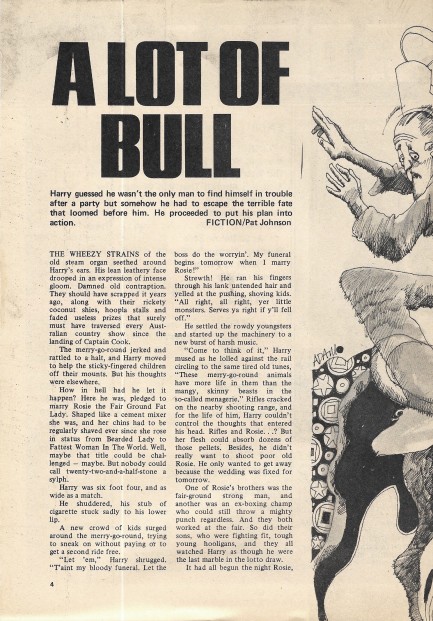 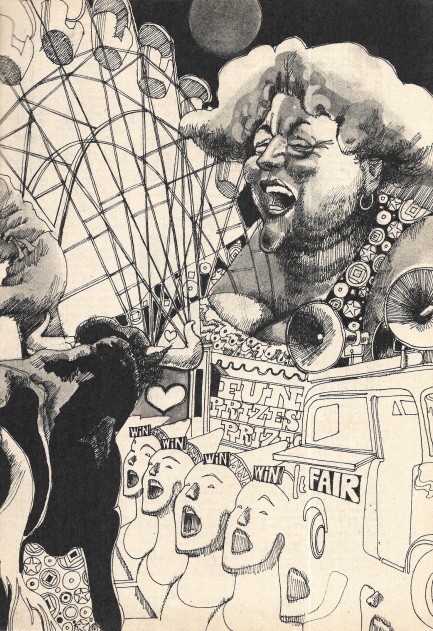 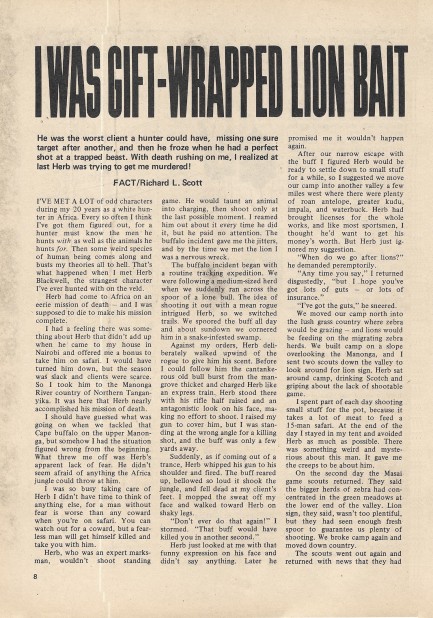 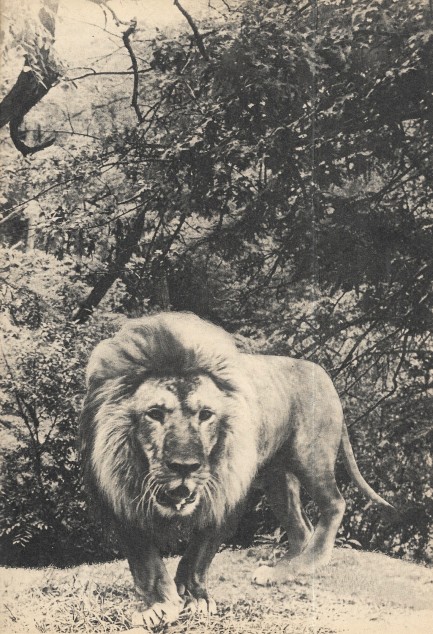 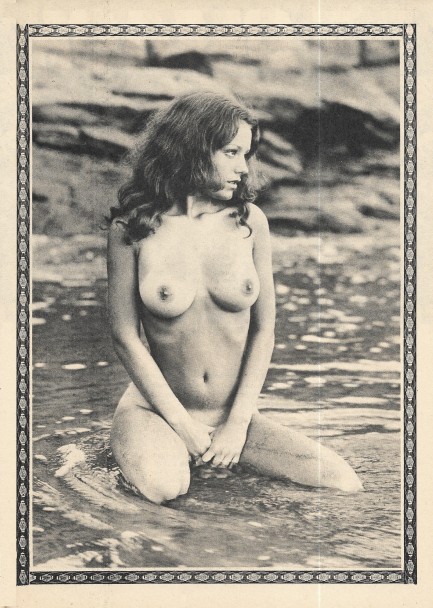 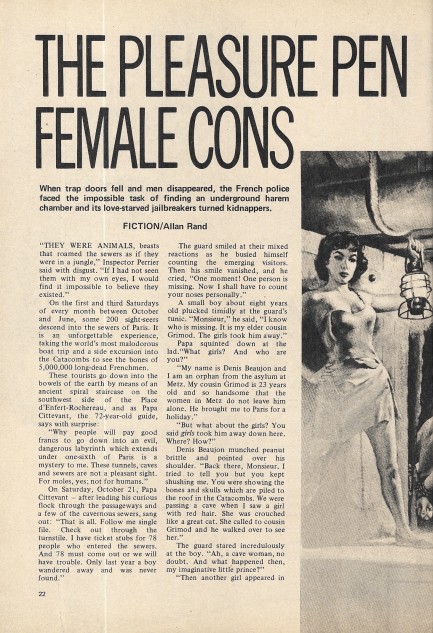 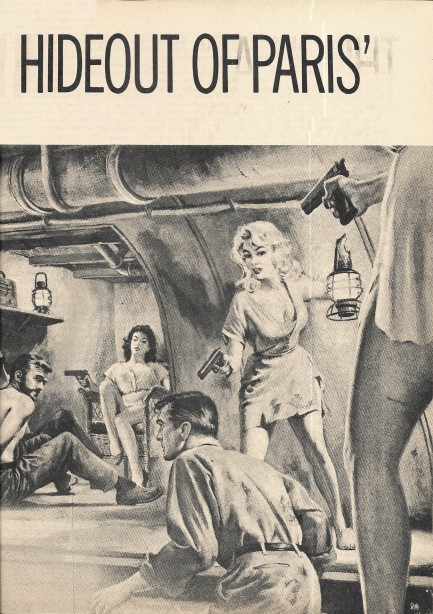 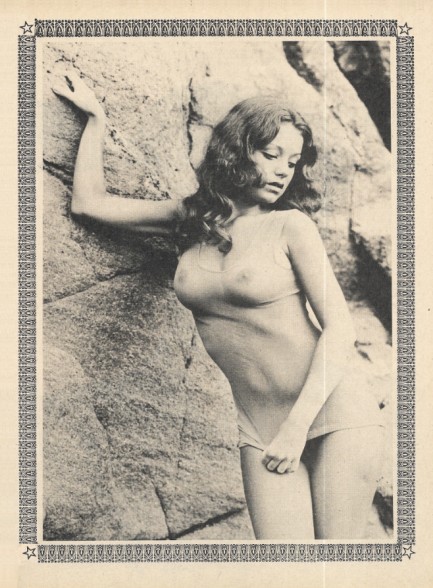 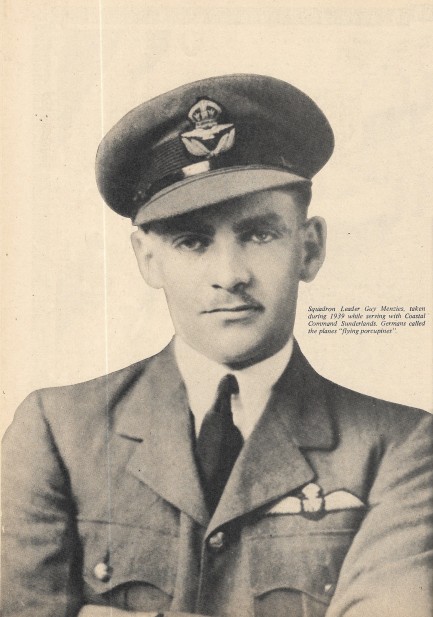 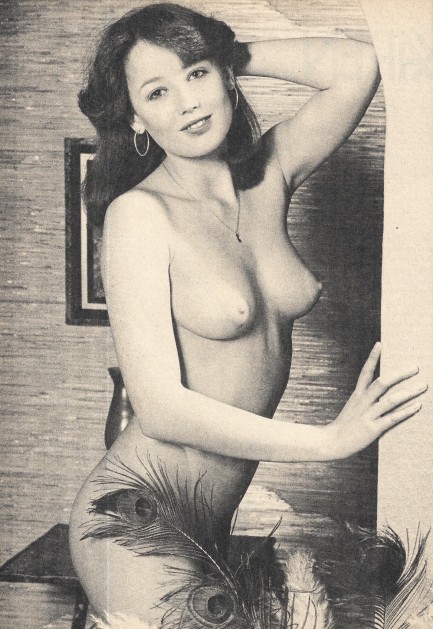 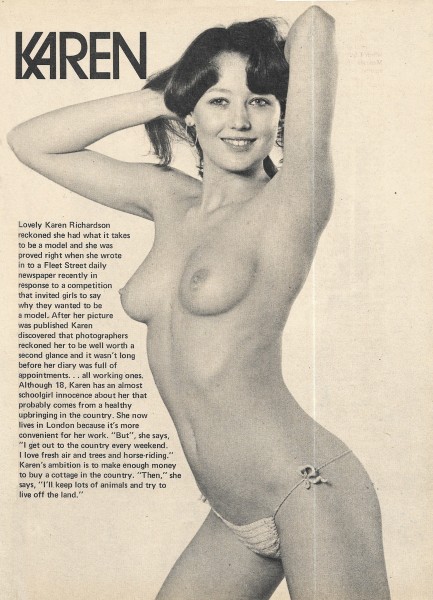 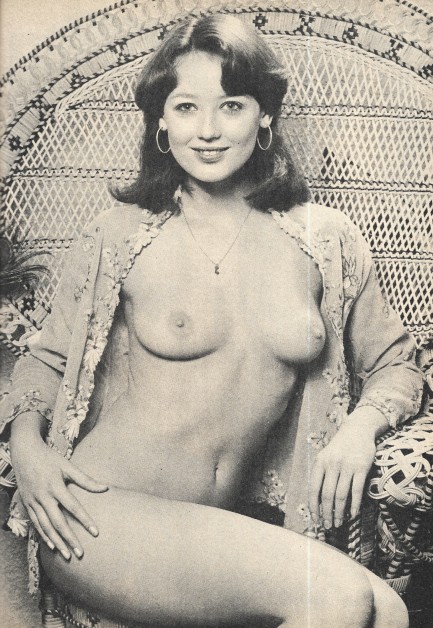 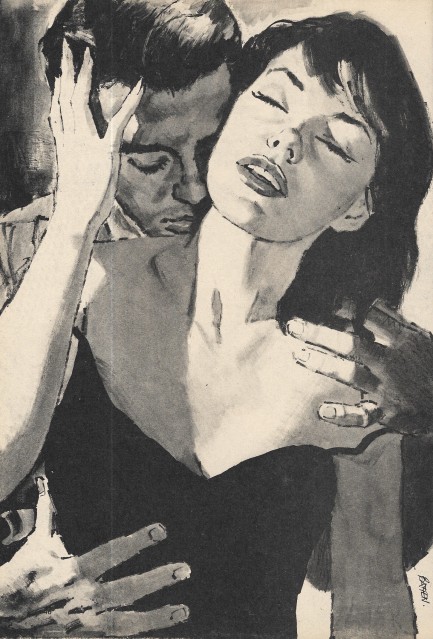 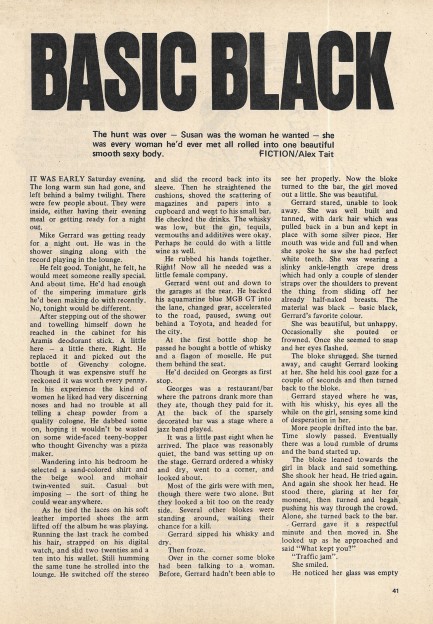 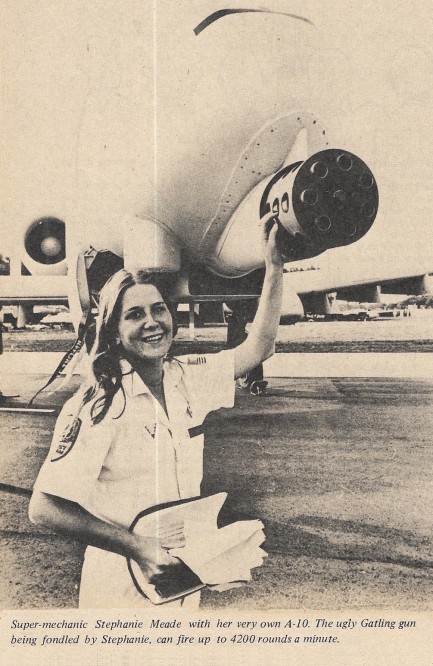 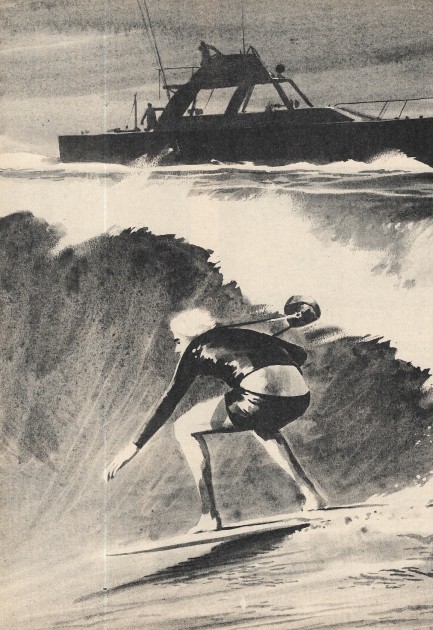 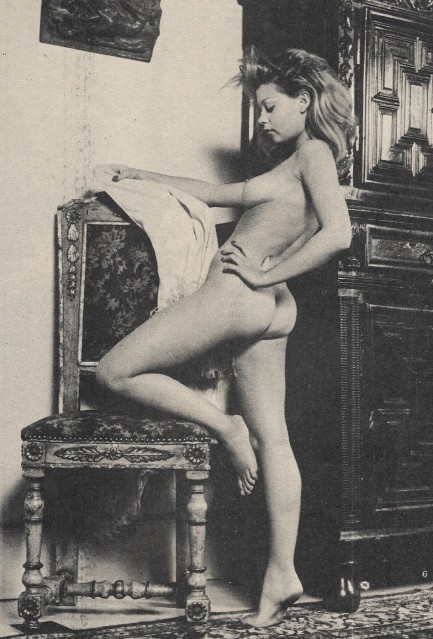 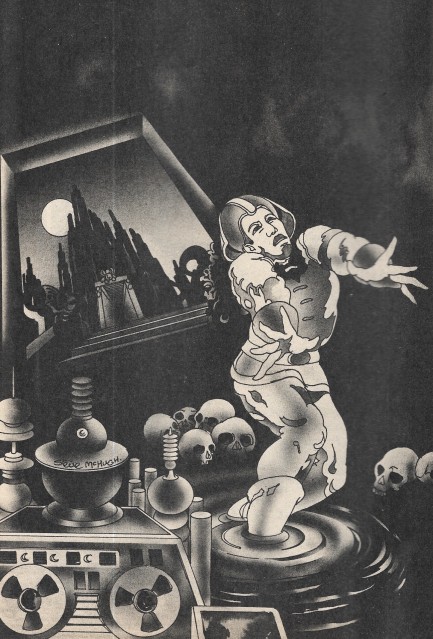 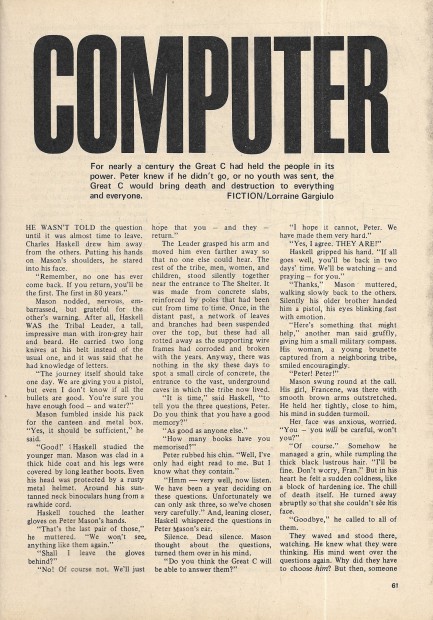 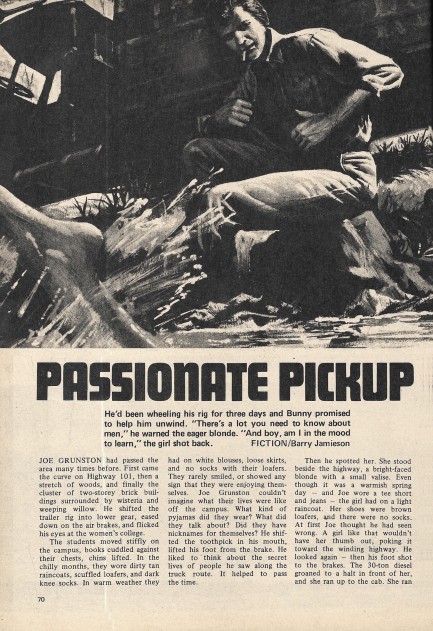 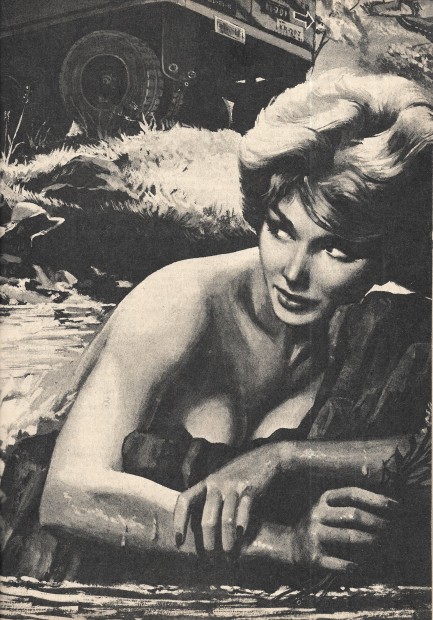 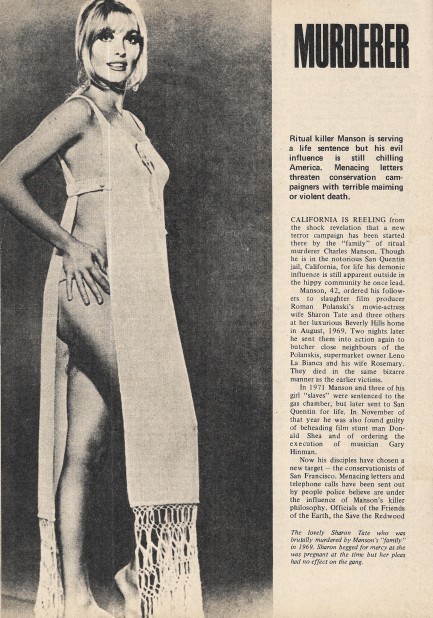 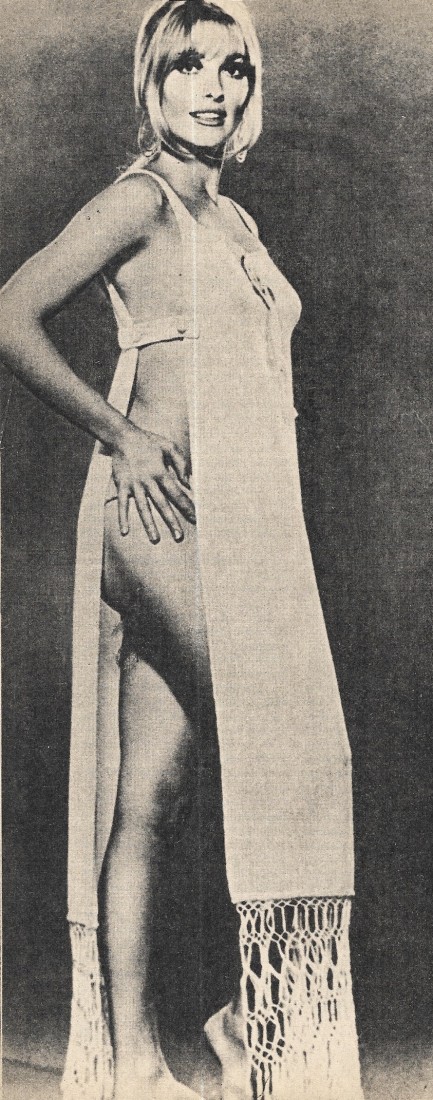 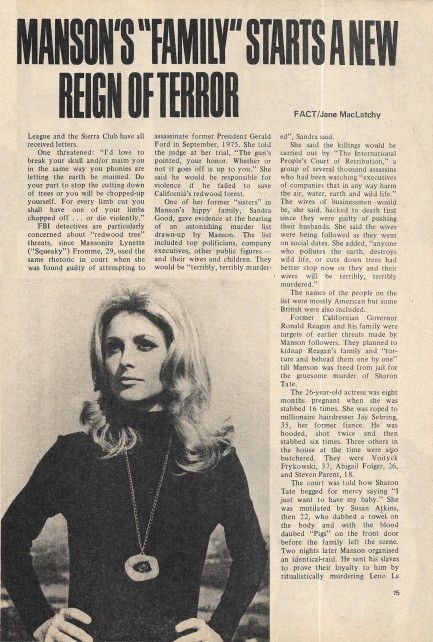 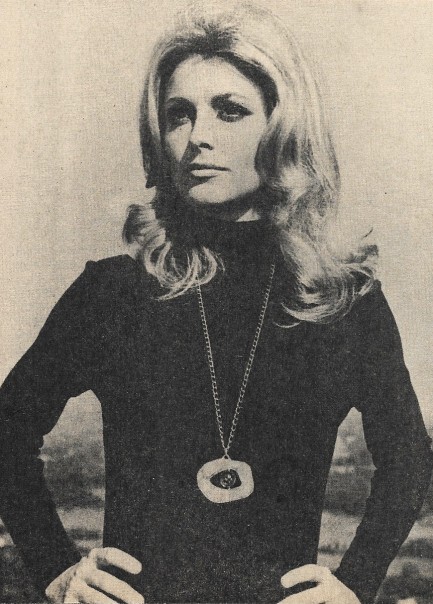 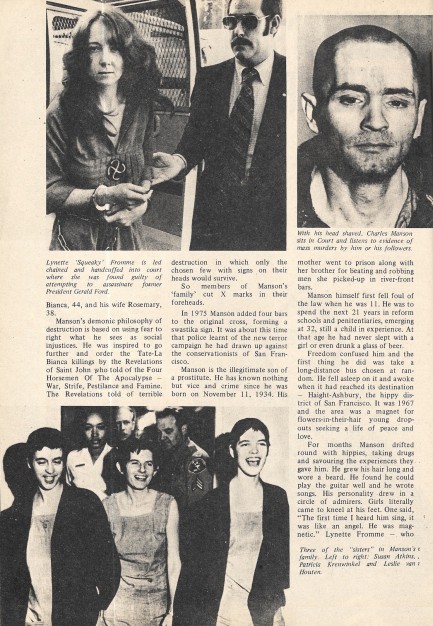 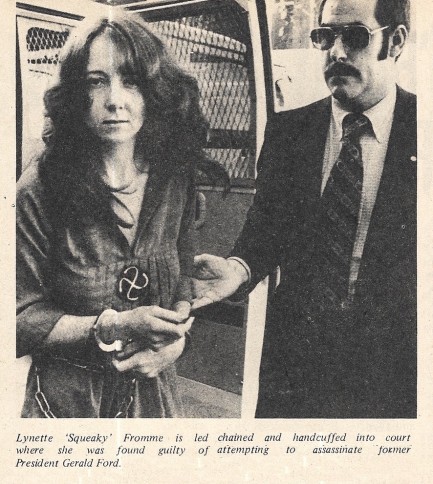 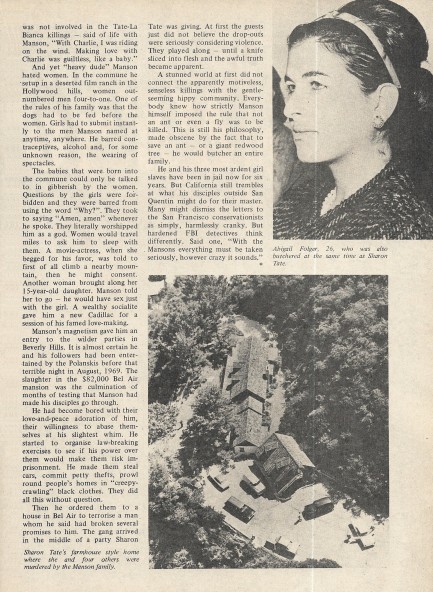 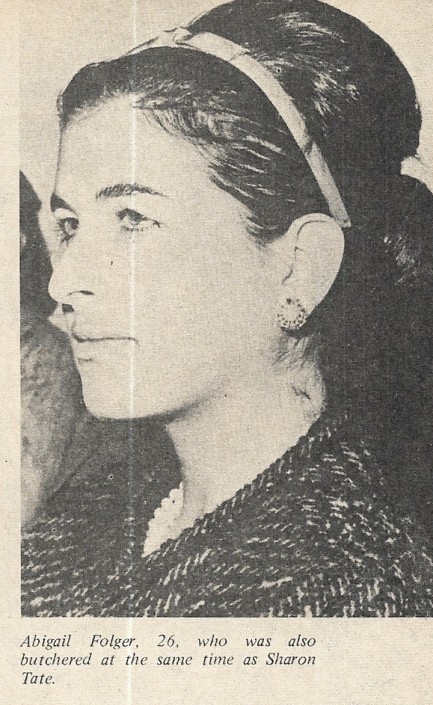   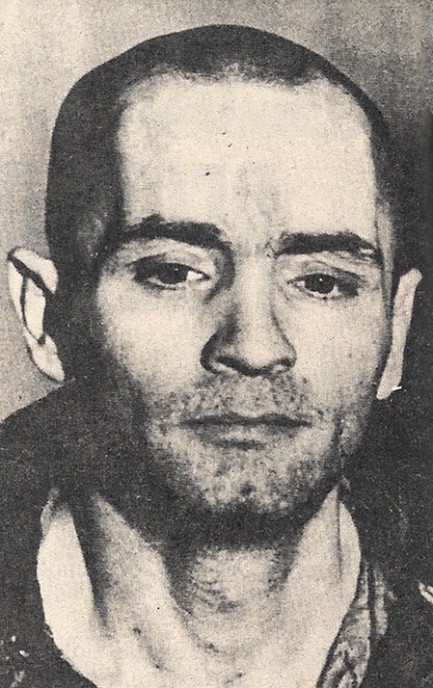 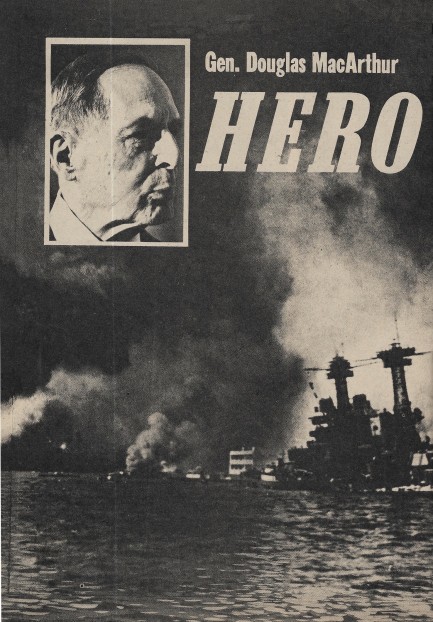 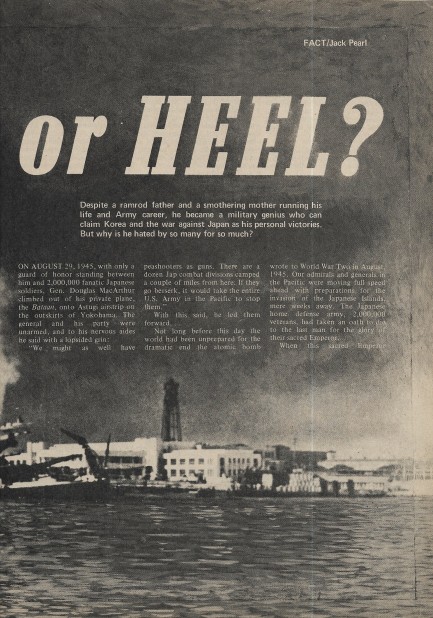 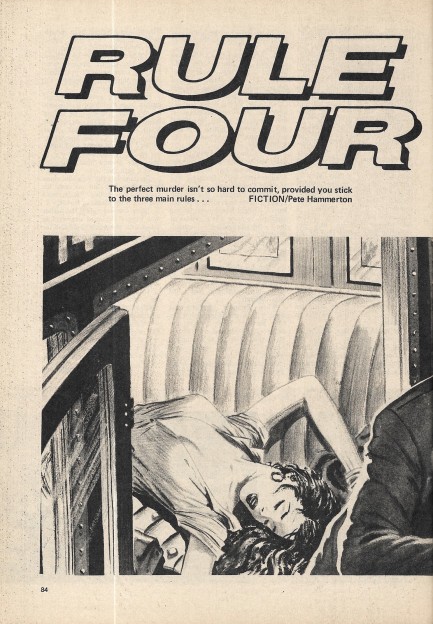 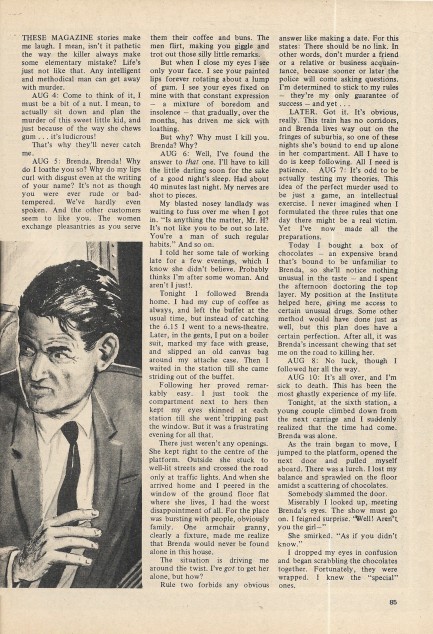 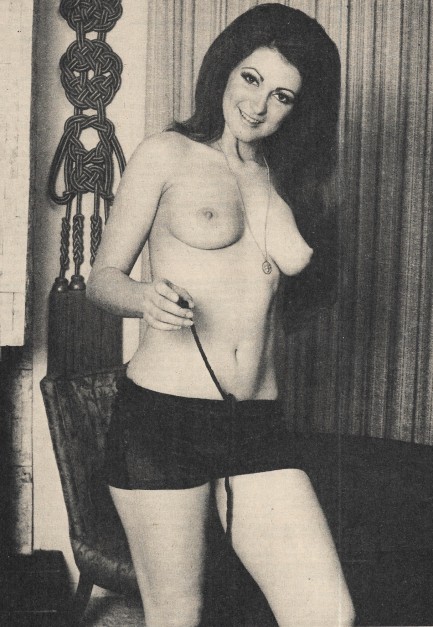 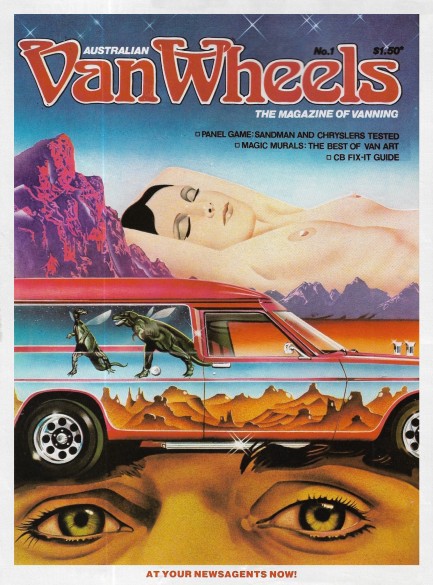
 You can't keep a good girl down. 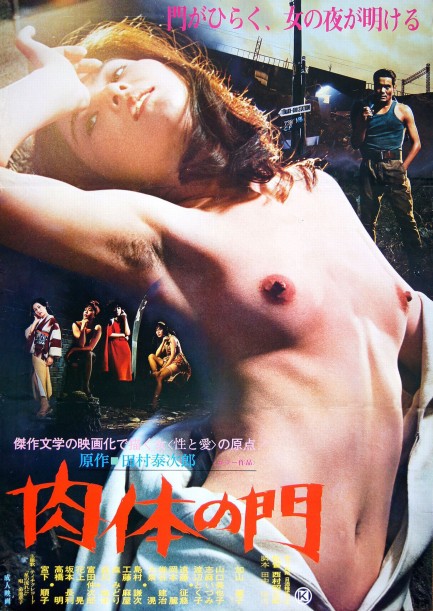
This dramatic poster was made for Nikutai no mon, aka Gate of Flesh, a movie based on a 1947 novel by Japanese author Taijirô Tamura. The book has been filmed five times. The most famous version was made in 1964 with Jo Shishido and Yumiko Nogawa earning acclaim for their lead roles in what was a serious and artistic film, but the above promo is for the 1977 roman porno version starring Reiko Kayama, Izumi Shima, and Junko Miyahsita. Needless to say, the two films diverge rather sharply. However, we need to point out, as we do periodically, that roman porno isn't porno—it's softcore. The “roman” in roman porno is short for “romantic,” and though the movies aren't typically romantic in the normal sense, they aren't explicit. Such depictions were illegal in Japan back then, and remain so today (though filmmakers use pixilation of sexual organs to skirt the law). When the novel Nikutai no mon appeared in 1947 a different censorship regime existed called the Civil Censorship Detachment, which was under the authority of the Supreme Commander for the Allied Powers, aka Douglas MacArthur. Under SCAP CCD censorship, explicit accounts of fraternization between Japanese and whites were forbidden, as were detailed accounts of the atomic bombings, or anything that could generate distrust toward the American occupiers. Most Japanese authors obeyed. A few wrote obliquely about the forbidden subjects. And a very few broke the rules entirely to describe war horrors—e.g. flashburned nuclear victims walking naked and blind amongst the ruins, their hairless bodies so swollen their sex could not be determined. Tamura's novel falls in the middle. It tells the story of a group of Japanese women trying to survive in the rubble of Tokyo via prostitution. Where the 1964 movie stuck pretty close to Tamura's fiction, the roman porno focuses more on the sexploitation angle, though it keeps the action set in 1947. A criminal syndicate known as Black Rose provides Japanese girls as prostitutes to the American military, and any who resist the various examinations, training, and indignities are punished with torture and death. When Reiko Kayama arrives on the scene, she eventually inspires the others to follow her as she leads a revolt against her enslavers. You get sex, girlfights, killings, and blood. If you're looking for standard roman porno fare—with perhaps a bit more visual piazazz than usual thanks to director Shôgorô Nishimura and cinematographer Yoshihiro Yamazaki—you've picked the right film. Nikutai no mon premiered in Japan today in 1977.
|
 |

The headlines that mattered yesteryear.
1967—First Space Program Casualty Occurs
Soviet cosmonaut Vladimir Komarov dies in Soyuz 1 when, during re-entry into Earth's atmosphere after more than ten successful orbits, the capsule's main parachute fails to deploy properly, and the backup chute becomes entangled in the first. The capsule's descent is slowed, but it still hits the ground at about 90 mph, at which point it bursts into flames. Komarov is the first human to die during a space mission. 1986—Otto Preminger Dies
Austro–Hungarian film director Otto Preminger, who directed such eternal classics as Laura, Anatomy of a Murder, Carmen Jones, The Man with the Golden Arm, and Stalag 17, and for his efforts earned a star on Hollywood's Walk of Fame, dies in New York City, aged 80, from cancer and Alzheimer's disease. 1998—James Earl Ray Dies
The convicted assassin of American civil rights leader Martin Luther King, Jr., petty criminal James Earl Ray, dies in prison of hepatitis aged 70, protesting his innocence as he had for decades. Members of the King family who supported Ray's fight to clear his name believed the U.S. Government had been involved in Dr. King's killing, but with Ray's death such questions became moot. 1912—Pravda Is Founded
The newspaper Pravda, or Truth, known as the voice of the Communist Party of the Soviet Union, begins publication in Saint Petersburg. It is one of the country's leading newspapers until 1991, when it is closed down by decree of then-President Boris Yeltsin. A number of other Pravdas appear afterward, including an internet site and a tabloid. 1983—Hitler's Diaries Found
The German magazine Der Stern claims that Adolf Hitler's diaries had been found in wreckage in East Germany. The magazine had paid 10 million German marks for the sixty small books, plus a volume about Rudolf Hess's flight to the United Kingdom, covering the period from 1932 to 1945. But the diaries are subsequently revealed to be fakes written by Konrad Kujau, a notorious Stuttgart forger. Both he and Stern journalist Gerd Heidemann go to trial in 1985 and are each sentenced to 42 months in prison.
|

|
|

It's easy. We have an uploader that makes it a snap. Use it to submit your art, text, header, and subhead. Your post can be funny, serious, or anything in between, as long as it's vintage pulp. You'll get a byline and experience the fleeting pride of free authorship. We'll edit your post for typos, but the rest is up to you. Click here to give us your best shot.

|
|














































































































